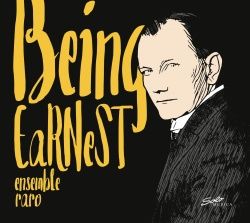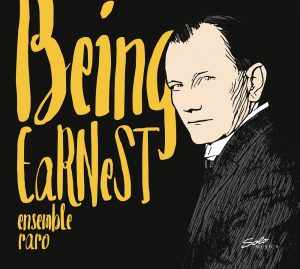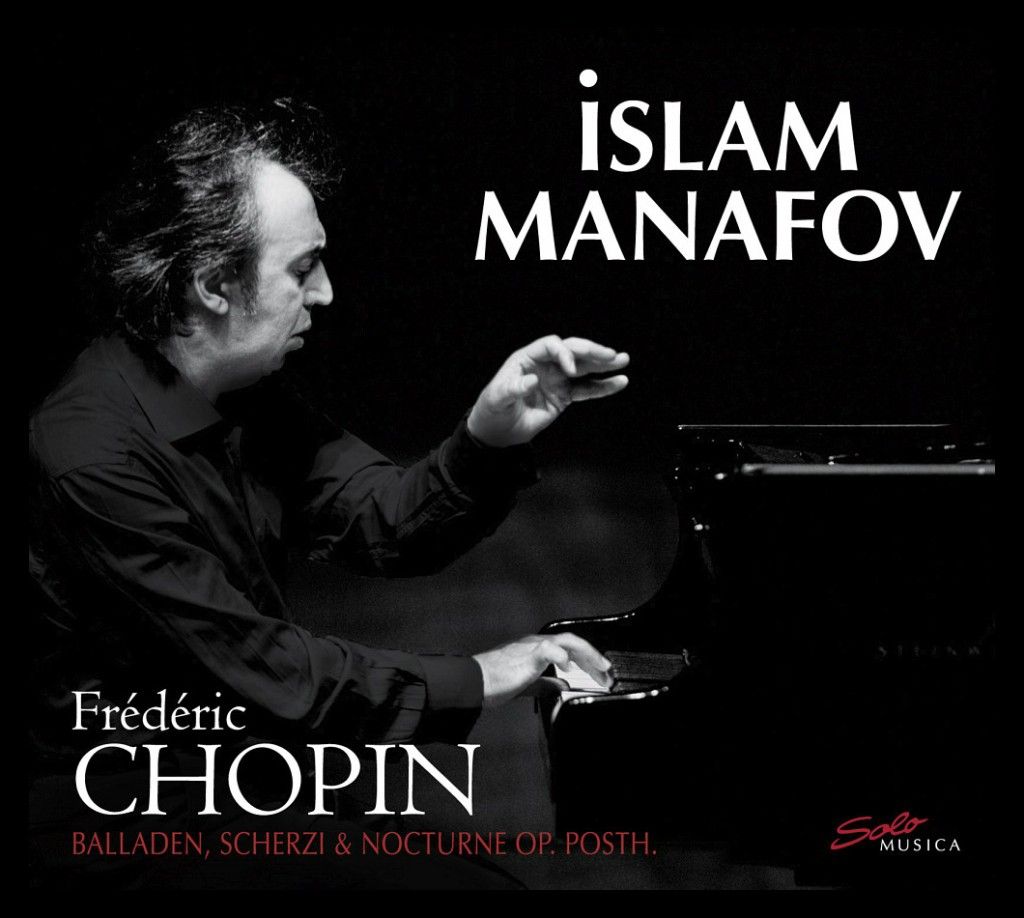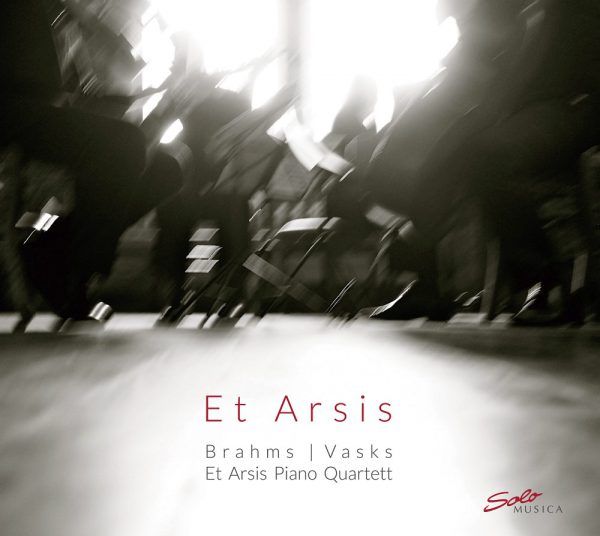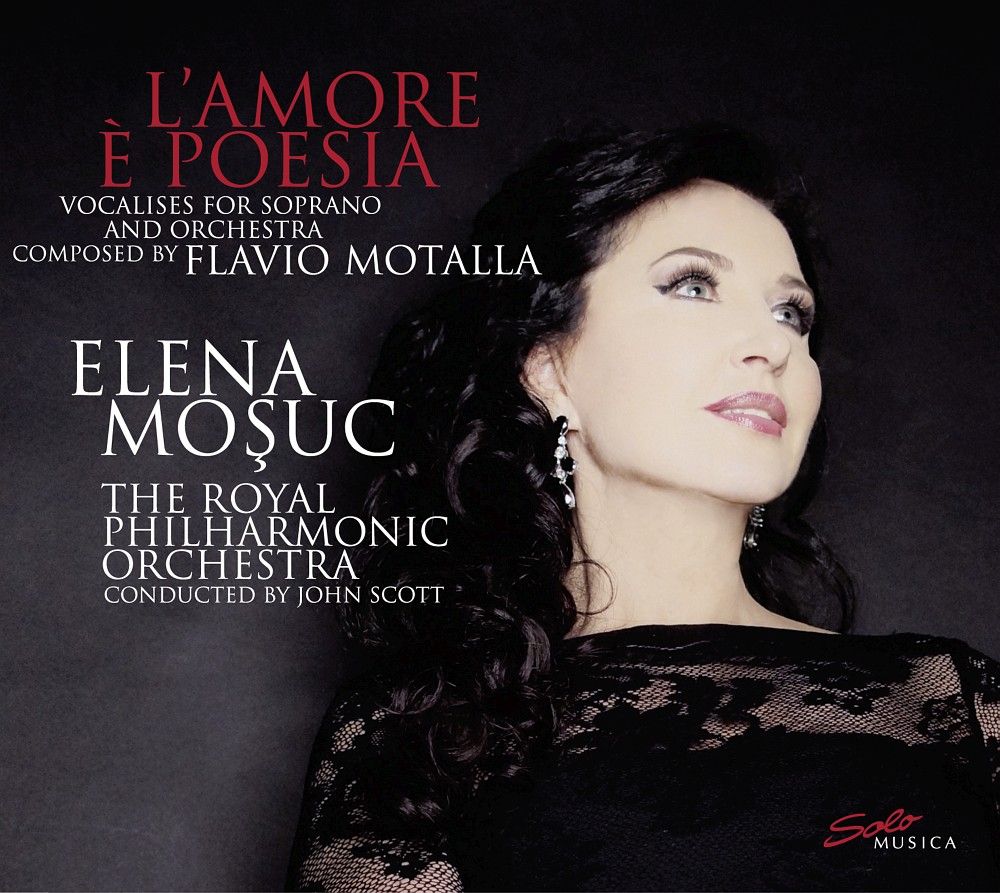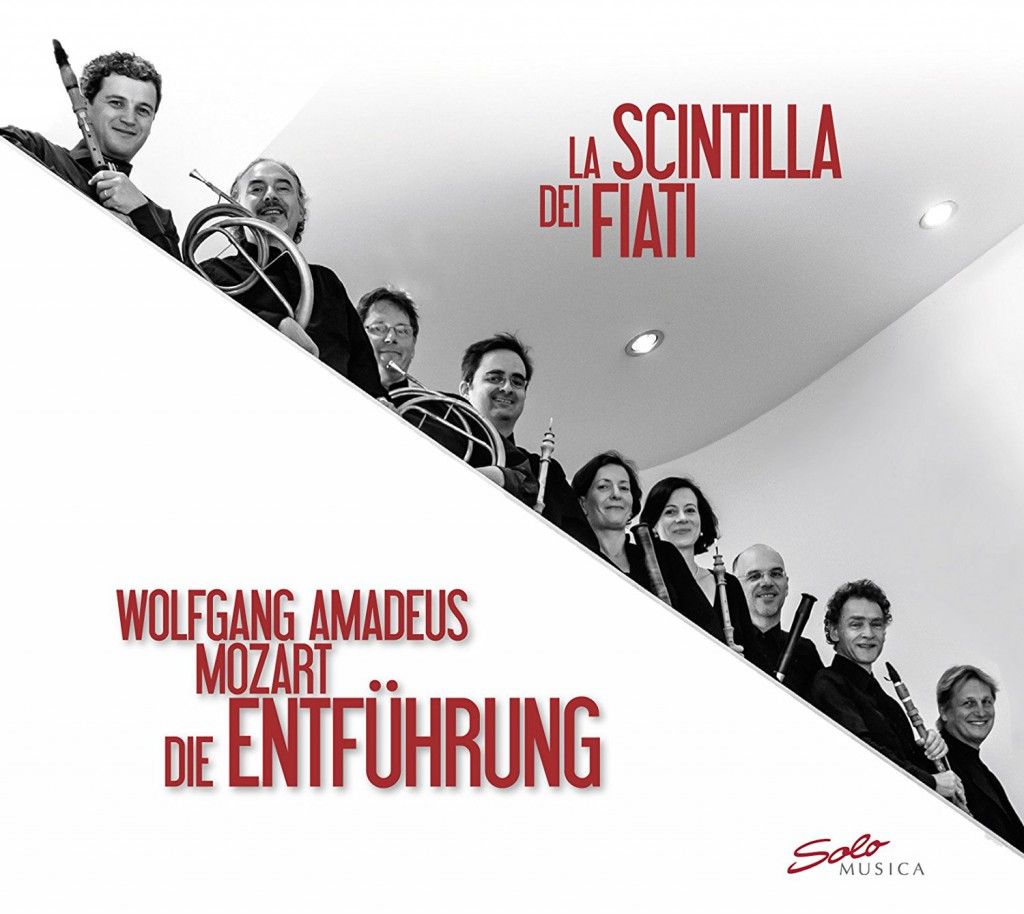Casal Quartett – Russian Treasures
Artists: Casal Quartett
Title: Russian Treasures – Titz – Glasunow – Tschaikowsky
Catalogue No.: SM 241
Release: 02.12.2016
Description
Decades later Alexander Glazunov made big sensation as a young composing dare devil. During his magnificent 1st symphony he also wrote the 5 Novellettes op. 15. The witty, energetic set of masterpieces is full of technical refinements and glamorous esprit, but also filled with deep emotional devotion. Within them one breathes the spirit and the joy of discovery of the Petersburg salons.
Russian chambermusic triumphed in Tchaikovsky’s successfull quartet debut and finally caught up with the musical capitals of Europe. Its overwhelming orchestral sonority meets Russian melos and passionate virtuos vitality. With its latest CD, the casalQuartett presents known and newly discovered gems from the musical treasure chest of Old Russia.
Tracklist
| Quartett Nr. 3 a-Moll | Anton Ferdinand Titz | |
| Siciliano affetuoso – Allegro di molto agitato | 6:45 | |
| Romance | 3:59 | |
| Polonaise | 4:29 | |
| Novelettes op. 15 | Alexander Konstantinowitsch Glaszunow | |
| Alla Spagnola | 6:35 | |
| Orientale | 3:48 | |
| Interludium in modo antico | 4:25 | |
| La Valse | 6:05 | |
| All’ Ungherese | 7:59 | |
| Quartett Nr. 1 D-Dur op.11 | Peter Ijitsch Tschaikowsky | |
| Moderato e semplice | 10:53 | |
| Andante cantabile | 6:48 | |
| Scherzo: Allegro non tanto | 3:50 | |
| Finale: Allegro giusto | 9:00 |
Martina Filjak – Piano
Description
Martina Filjak came to international attention by winning the Gold Medal, the 1st prize and the Beethoven prize at the Cleveland International Piano Competition in 2009, which brought her numerous engagements in the United States and internationally. Prior to that, she won 1st prizes at the Maria Canals Piano Competition (Barcelona) and the Viotti Piano Competition (Vercelli), and was a laureate at the Busoni Piano Competition. In recent years, Ms Filjak has performed with esteemed orchestras including The Cleveland Orchestra, San Diego Symphony Orchestra, The Florida Orchestra, the Strasbourg Philharmonic, Barcelona Symphony, Bilbao Symphony and the Granada Symphony; the Deutsche Radio Philharmonie, the Staatskapelle Weimar; the Israel Chamber Orchestra as well as the Orchestre Symphonique de Nancy.
Tracklist
| Prelude and Fugue in A minor | J. S. Bach – transcription by F. Liszt | ||
| 1 | Prelude and Fugue in A minor | 10:30 | J. S. Bach – transcription by F. Liszt |
| Piano Sonata No. 1 op. 11 in f sharp minor | Robert Schumann | ||
| 2 | Introduzione: Un poco Adagio – Allegro vivace | 12:40 | Robert Schumann |
| 3 | Aria | 03:20 | Robert Schumann |
| 4 | Scherzo: Allegrissimo – intermezzo: Lento | 05:00 | Robert Schumann |
| 5 | Finale: Allegro, un poco maestoso | 11:20 | Robert Schumann |
| Piano Sonata No.1, Op.6 in f minor | A. Scriabin | ||
| 6 | I. Allegro con fuoco | 09:04 | A. Scriabin |
| 7 | II. Adagio | 04:52 | A. Scriabin |
| 8 | III. Presto | 03:22 | A. Scriabin |
| 9 | IV. Funebre | 05:29 | A. Scriabin |
Florian Krumpöck – Berg / Brahms
Description
Pianist Florian Krumpöck presents these two contrasting yet comparable works on this recording.
Internationally celebrated as both a soloist and conductor, Florian Krumpöck has more than proven his outstanding capability on the international concert scene. Appointed as one of the youngest music directors in German history in 2011, Krumpöck characteristically masters enormous amounts of opera and concert literature as well as piano repertoire, and particularly enthrals his audiences with his double function as a soloist and conductor. 2007 saw Krumpöck conduct the Philadelphia Orchestra with great success as a part of a New Year’s concert at the Kennedy Center in Washington. He was then employed by the Gran Teatre del Liceu in Barcelona, where he notably worked with the former director of the Vienna Burgtheater, Matthias Hartmann. 2012 saw Krumpöck lead the Lichtenstein Symphony Orchestra as artistic director and principal conductor.
Tracklist
| Sonate Nr. 3 f-moll op.5 | Johannes Brahms | |
| Allegro maestoso | 12:02 | |
| Andante espressivo | 12:51 | |
| Scherzo. Allegro energico- Trio | 05:11 | |
| Intermezzo (Rückblick) Andante molto | 03:44 | |
| Finale. Allegro moderato ma rubato | 08:38 | |
| Sonate für Klavier op.1 | Alban Berg | |
| Mäßig bewegt | 14:20 | Alban Berg |
Max Müller & Münchner Symphoniker – Der Nussknacker
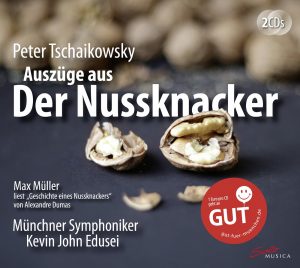 Künstler: Münchner Symphoniker
Künstler: Münchner Symphoniker
Max Müller
Titel: Auszüge aus “Der Nussknacker – Geschichte eines Nussknackers”
Katalog Nr: SM 252
Veröffentlichung: 02.12.2016
Produktbeschreibung
Auf dieser Doppel-CD präsentieren die Münchner Symphoniker sich unter der Leitung von Chefdirigent Kevin John Edusei mit Auszügen aus Peter Tschaikowskys beliebter Ballettmusik „Der Nussknacker“. Auf der zweiten CD findet sich die „Geschichte eines Nussknackers“ von Alexandre Dumas, einer weniger bekannten Nacherzählung von E.T.A. Hoffmanns berühmtem „Original-Nussknacker“. Dumas‘ Version der Nussknacker-Geschichte diente als Vorlage für die Ballettmusik von Tschaikowsky.
Tauchen Sie mit dieser Doppel CD ein in die Welt dieser wunderbaren Musik und der Geschichte eines Nussknackers und lassen Sie sich verzaubern: Erleben Sie Ausschnitte aus Peter Tschaikowskys „Der Nussknacker“, einem der populärsten Ballettstücke, mit Texten von Alexandre Dumas, gelesen vom Schauspieler und Sänger Max Müller, bekannt als Michi Mohr aus der beliebten ZDF-Serie „Die Rosenheim-Cops“.
Als eines der vier Symphonieorchester der Stadt sind die Münchner Symphoniker der Stadt München und ihrer Musiktradition intensiv verbunden. „Der Klang unserer Stadt“ ist für das Orchester Motto und Auftrag zugleich. Gleichrangig neben der Klassik pflegen die Münchner Symphoniker hochkarätige Produktionen aus den Bereichen Oper, Filmmusik und Show. Pro Jahr stehen rund 110 Konzerte auf dem Programm, in denen das Publikum das breite Repertoire und den extrovertierten Musizierstil des Orchesters erleben kann.
Ein Euro pro CD geht an die Spendenplattform der Stadtsparkasse München www.gut-fuer-muenchen.de
Tracklist
| CD 1 – Die Musik | |
| Auszüge aus dem 1. Akt | |
| Ouvertüre miniature (Allegro giusto) | 03:20 |
| Vorrede, in welcher erklärt wird, wie der Verfasser gezwungen wurde, die Geschichte vom Nürnberger Nussknacker zu erzählen | 05:12 |
| Marsch der Zinnsoldaten | 02:35 |
| Auszüge aus dem 3. Akt | |
| Im Zauberschloss von Zuckerburg und Marie (Klärchen) und der Prinz | 08:24 |
| Schokolade – Spanischer Tanz (Boléro) | 01:10 |
| Kaffee – Arabischer Tanz | 03:16 |
| Tee – Chinesischer Tanz | 01:11 |
| Trepak – Russischer Tanz | 01:10 |
| Tanz der Rohrflöten | 02:33 |
| Mutter Gigogne und die Hampelmänner | 02:40 |
| Blumenwalzer | 06:52 |
| Pas de deux. Intrada | 04:53 |
| Variation1: Tarantella | 00:45 |
| Variation 2: Tanz der Zuckerfee | 02:14 |
| Coda | 01:28 |
| Finale und Apotheose | 04:40 |
| Total | 53:44 |
| CD 2 – Die Geschichte | |
| Geschichte eines Nussknackers | |
| Der Pate Drosselmayer | 05:35 |
| Der Christbaum | 03:11 |
| Das Mädchen mit dem hölzernen Mantel | 05:48 |
| Wunderdinge | 08:17 |
| Die Schlacht | 03:35 |
| Die Krankheit | 05:07 |
| Die Prinzessin Pirlipat | 10:44 |
| Frau Mauserinks | 07:37 |
| Der Mechanikus und der Astrolog | 05:11 |
| Die Nuss Krakatuk | 02:47 |
| Das Ende der Geschichte der Prinzessin Pirlipat | 06:01 |
| Der Oheim und der Neffe | 00:54 |
| Die Hauptstadt | 04:07 |
| Das Puppenreich | 04:48 |
| Schluss | 04:41 |
| Total | 78:24 |
Margarita Höhenrieder – Thuille, Poulenc, Françaix Sextets
Title: Thuille, Poulenc, Françaix Sextets
Catalogue No.: SM 251
Release: 02.12.2016
Description
Her artistic career has led her to many of the world’s major music centers. Margarita Höhenrieder has played many concerts as soloist with conductors like Kirill Petrenko, Claudio Abbado, Lorin Maazel, James Levine, Riccardo Chailly, and Fabio Luisi, and with such orchestras as the Bavarian Radio Symphony Orchestra, the Munich Philharmonic, the New York Philharmonic, the Staatskapelle Dresden, the Gewandhaus Orchestra in Leipzig, the Salzburg Mozarteum Orchestra and the Mahler Chamber Orchestra.
She has been a friend of Harald Genzmer for many years. Among other works, he dedicated the Concerto for Piano, Trumpet and Strings to her, which she premiered together with Guy Touvron and the Württemberg Chamber Orchestra Heilbronn. Genzmer composed his last major work for Margarita Höhenrieder, “Wie ein Traum am Rande der Unendlichkeit” (“Like a Dream on the Edge of Infinity”) for piano and flute. In 2009, she played the premiere of the work with Emmanuel Pahud in Rome. (Solo Musica CD SM159)
In September 2014, she had a reunion with her former teacher Leon Fleisher as conductor in a performance of Beethoven’s Piano Concerto No. 2 at the Zollverein world heritage site in Essen.
Margarita Höhenrieder and the Bläsersolisten der Staatskapelle Dresden give regularly concerts and are producing recordings together.
Tracklist
Ensemble Raro – Being EaRNeST
Description
Ensemble Raro’s new recording of two rarely performed chamber music gems by Ernő Dohnányi – the Second Piano Quintet in E-flat Minor Op.26 (1914) and the Sextet Op. 37 in C Major (1935) for piano, violin, viola, cello, clarinet and horn – proposes to reassess these works, which are imbued with idealism, and to reflect upon the values encoded in them. It may communicate to the receptive listener something new about the world that surrounds us, since “it is the present that polarises the events into fore- and after-history” (W. Benjamin).
Tracklist
| 2. Klavierquintett es-Moll op. 26 | Ernst von Dohnányí | ||
| 1 | I Allegro non troppo | 9’50 | |
| 2 | II (Intermezzo). Allegretto | 4’52 | |
| 3 | III Moderato | 10’20 | |
| Sextett in C-Dur für Klavier, Violine, Viola, Violoncello, Klarinette und Horn op. 37 | Ernst von Dohnányí | ||
| 4 | I Allegro appassionato | 11’00 | |
| 5 | II Intermezzo. Adagio | 5’36 | |
| 6 | III Allegro con sentimento | 6’50 | |
| 7 | IV Finale. Allegro vivace, giocoso | 5’38 |
Islam Manafov – Chopin
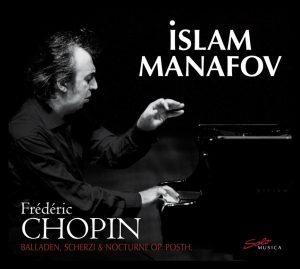 Artists: Islam Manafov
Artists: Islam Manafov
Title: Chopin: Balladen, Scherzi & Nocturne op. posth.
Catalogue No.: SM 246
Release: 09.09.2016
Description
With this first album, Islam Manafov connects with his listeners through the works of the Romantic genius Chopin, with whom he has felt a close emotional tie since his childhood.
Using his immense palette of nuances he takes his listeners on a journey beyond time with Chopin’s works that may be considered his most difficult, both technically and musically, with their differing moods, at times wild, at times childish, at times rebellious and at times full of longing…”
Islam Manafov was born in Baku, the capital city of Azerbaijan, and studied at the Baku Music School during the years 1977-1981. In 1979 he won 1st prize in the “Azerbaijan Young Pianists Competition”, attracting the attention of the musical scene. Following this achievement, at the age of 17, he performed S. Rachmaninov’s Piano Concerto No.3 under the world famous Maestro Niyazi Tagizade, to great acclaim.
As a “People’s Artist” of the Republic of Azerbaijan, Manafov continues his artistic life as a pianist, conductor and composer, while working as a Professor at Baku Music Academy and Yeditepe University in Istanbul.
Tracklist
| CD 1 | |||
| 1 | 1 – Ballade op.23 | 9:03 | Frédéric Chopin |
| 2 | 2 – Ballade op.38 | 7:38 | Frédéric Chopin |
| 3 | 3 – Ballade op.47 | 7:17 | Frédéric Chopin |
| 4 | 4 – Ballade op.52 | 11:58 | Frédéric Chopin |
| CD 2 | |||
| 1 | 1 – Scherzo op.20 | 10:36 | Frédéric Chopin |
| 2 | 2 – Scherzo op.31 | 9:50 | Frédéric Chopin |
| 3 | 3 – Scherzo op.39 | 7:20 | Frédéric Chopin |
| 4 | 4 – Scherzo op.54 | 11:05 | Frédéric Chopin |
| 5 | Nocturne cis moll op. Post | 5:24 | Frédéric Chopin |
Et Arsis – Brahms | Vasks
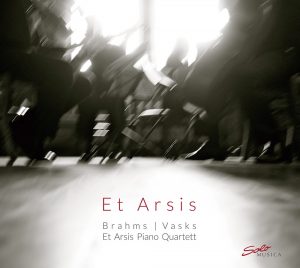 Artists: Et Arsis Piano Quartett
Artists: Et Arsis Piano Quartett
Title: Vasks & Brahms: Piano Quartets
Catalogue No.: SM 248
Release: 30.09.2016
Description
With its actual recording of Johannes Brahms Piano Quartet no. 1 in G minor (Op. 25), the Et Arsis Piano Quartet makes an independent, militant contribution to the discussion about the musical interpretation of Brahms.
The contemporary Latvian composer Peteris Vasks gives his music the experiences of his people during Soviet rule and transformation time_exp: With its unmistakable signature Et Arsis sets the bar high for the interpretation of Vasks’ sole piano quartet.
Tracklist
| Quartet for Violin, Viola, Violoncello and Piano | Peteris Vasks | ||
| 1 | I Preludio. Moderato | 04:33 | Peteris Vasks |
| 2 | II Danze. Allegro | 06:18 | Peteris Vasks |
| 3 | III Canti drammatici. Andante | 06:52 | Peteris Vasks |
| 4 | IV Quasi una passacaglia | 08:28 | Peteris Vasks |
| 5 | V Canto principale. Cantabile | 09:04 | Peteris Vasks |
| 6 | VI Postludio. Adagio | 03:04 | Peteris Vasks |
| Piano quartet No. 1 G-minor, op. 25 | Johannes Brahms | ||
| 7 | Allegro | 14:27 | Johannes Brahms |
| 8 | Intermezzo. Allegro (ma non troppo) | 08:05 | Johannes Brahms |
| 9 | Andante con moto | 09:41 | Johannes Brahms |
| 10 | Rondo alla Zingarese. Presto | 08:48 | Johannes Brahms |
Elena Moșuc – L’amore è poesia
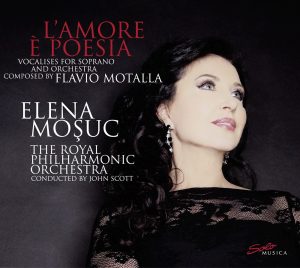 Artists: Elena Moșuc, Flavio Motalla
Artists: Elena Moșuc, Flavio Motalla
Title: L Amore e Poesia – Vocalises for Soprano and Orchestra
Catalogue No.: SM 247
Release: 30.09.2016
Description
The compositions feature a wordless soprano, even though I was urged by several of my friends to use a libretto at first. However, it occurred to me early on that the music could be vocal but without relying on words. Not only might a written text present a distraction for the audience, but even more so its rhythmic pattern would have interfered too much with the organic flow of the composition. Also, given the subject matter, I strongly felt that the music should speak for itself.
The pieces are written in a very lush romantic style, both lyrical in expression and epic in scale. At times notably nostalgic, sometimes opulent but never cloying. The soaring melodies are clearly a nod to the likes of Erich Wolfgang Korngold and Max Steiner, whose film music from the golden era of Hollywood has always been an inspiration.
This world premiere recording has been a long time in the making and I feel very fortunate to have received the generous support of so many incredibly talented people along the way: soprano Elena Moșuc is performing under the direction of conductor John Scott and the Royal Philharmonic Orchestra. The recording took place at the legendary Abbey Road Studios in London.
Flavio Motalla, Los Angeles 2016
Tracklist
| 1 | Canzonetta for Soprano and Orchestra | 11:43 | Flavio Mario Motalla |
| 2 | Poesia per una Sognatrice | 11:50 | Flavio Mario Motalla |
| 3 | Intermezzo | 4:50 | Flavio Mario Motalla |
| 4 | Le Départ | 11:38 | Flavio Mario Motalla |
| 5 | En Souvenir d’un Amour Perdu | 11:49 | Flavio Mario Motalla |
| Total | 52:06 |
La Scintilla dei Fiati – Die Entführung aus dem Serail
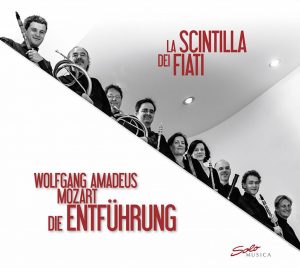 Artists: La Scintilla dei Fiati
Artists: La Scintilla dei Fiati
Title: Die Entführung aus dem Serail, Bearbeitung für Harmoniemusik
Catalogue No.: SM 244
Release: 22.07.2016
Description
The wind ensemble “La Scintilla dei Fiati” is composed of members of the “Orchestra La Scintilla” at the Zurich Opera.
Tracklist
| 1 | Ouvertüre | 3:48 |
| 2 | Nr.1: “Hier soll ich dich denn sehen” | 2:00 |
| 3 | Nr.2: “Solche hergelauf’ne Laffen” | 3:43 |
| 4 | Nr.3: “O wie ängstlich” | 2:43 |
| 5 | Nr.4: “Doch wie schnell schwand meine Freude” | 3:19 |
| 6 | Nr.5: “Durch Zärtlichkeit und Schmeicheln” | 2:45 |
| 7 | Nr.6: “Ich gehe, doch rate ich dir” | 2:40 |
| 8 | Nr.7: “Martern aller Arten” | 8:44 |
| 9 | Nr.8: “Welche Wonne, welche Lust” | 2:21 |
| 10 | Nr.9: “Frisch zum Kampfe!” | 2:43 |
| 11 | Nr.10: “Vivat Bacchus! Bacchus lebe!” | 1:54 |
| 12 | Nr.11: “Wenn der Freude Tränen fließen” | 3:38 |
| 13 | Nr.12: “Ach Belmonte!” | 2:41 |
| 14 | Nr.13: “Ich baue ganz auf Deine Stärke” | 4:44 |
| 15 | Nr.14: “O, wie will ich triumphieren” | 2:53 |
| 16 | Nr 15: “Welch ein Geschick! o Qual der Seele!” | 7:02 |
| 17 | Nr.16: Finale | 1:57 |
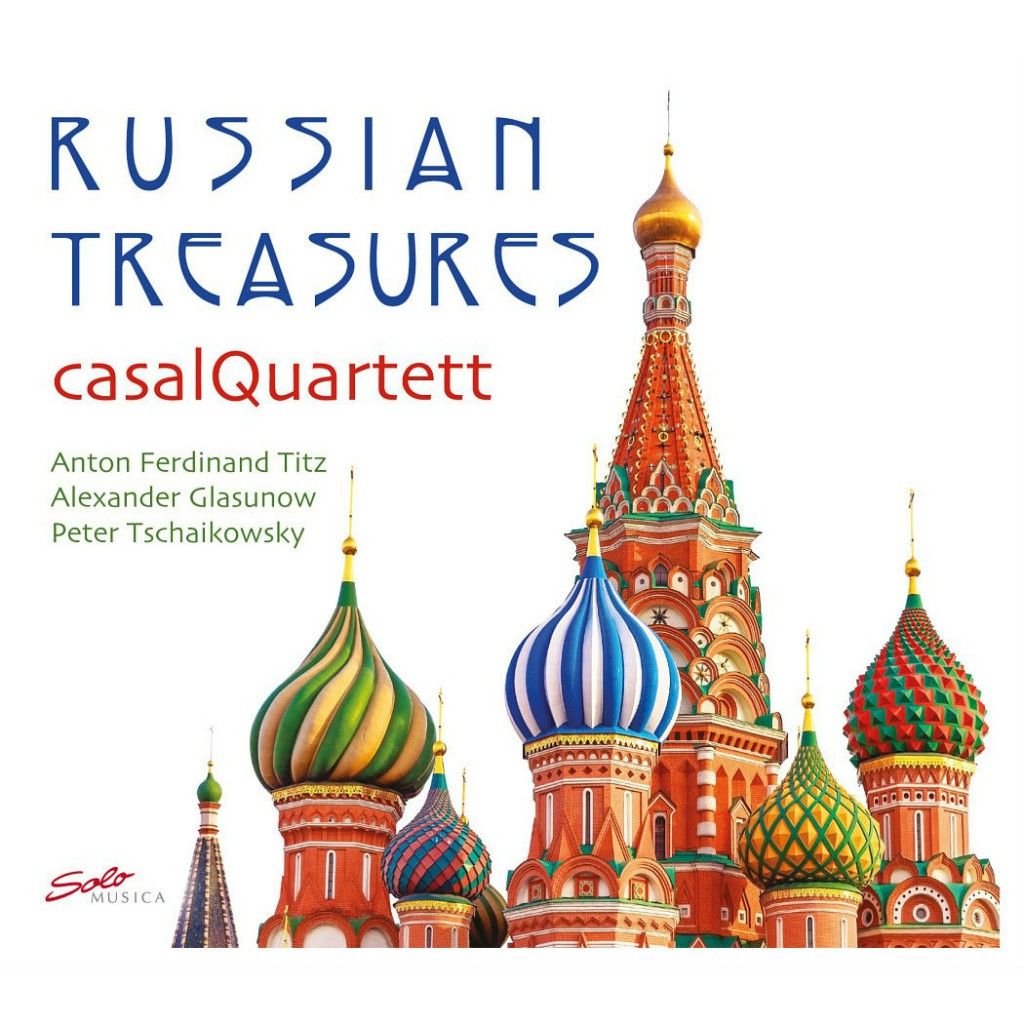
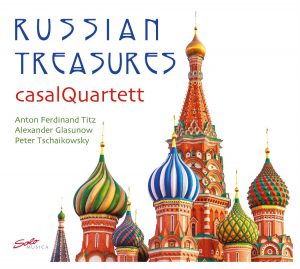

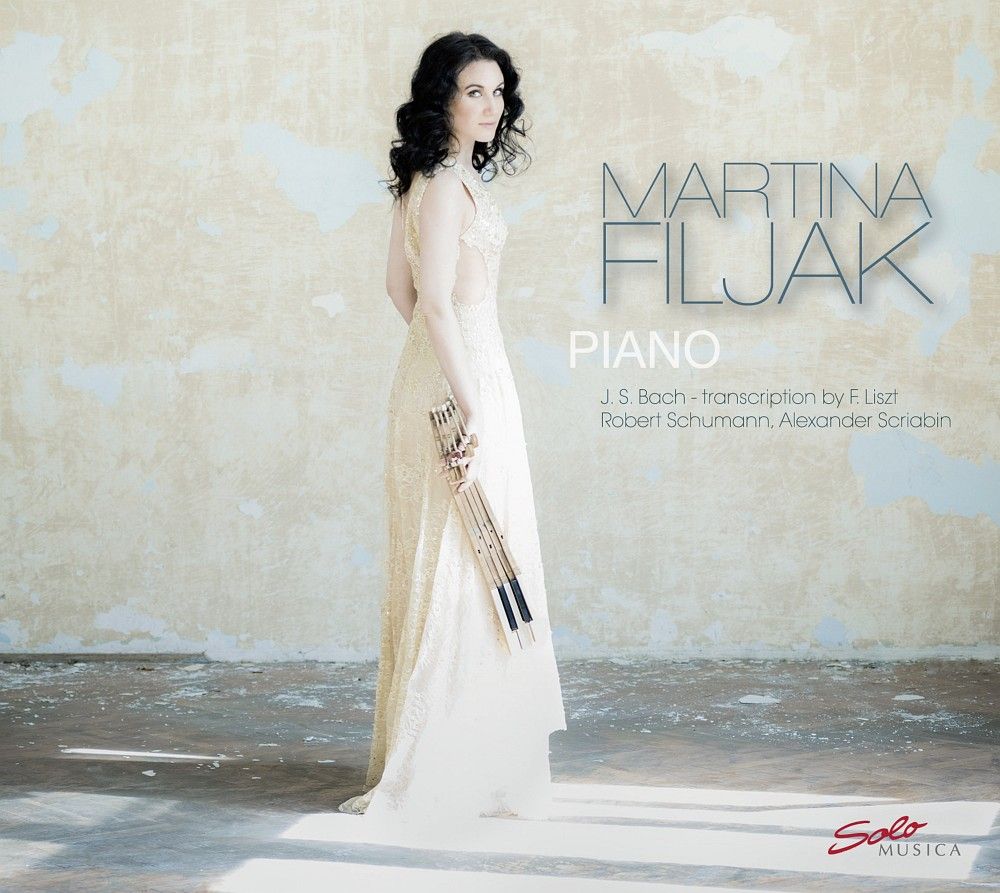
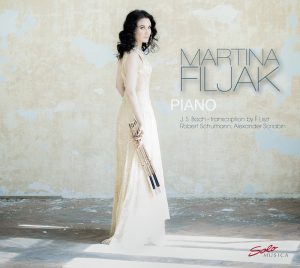 Artists:
Artists: 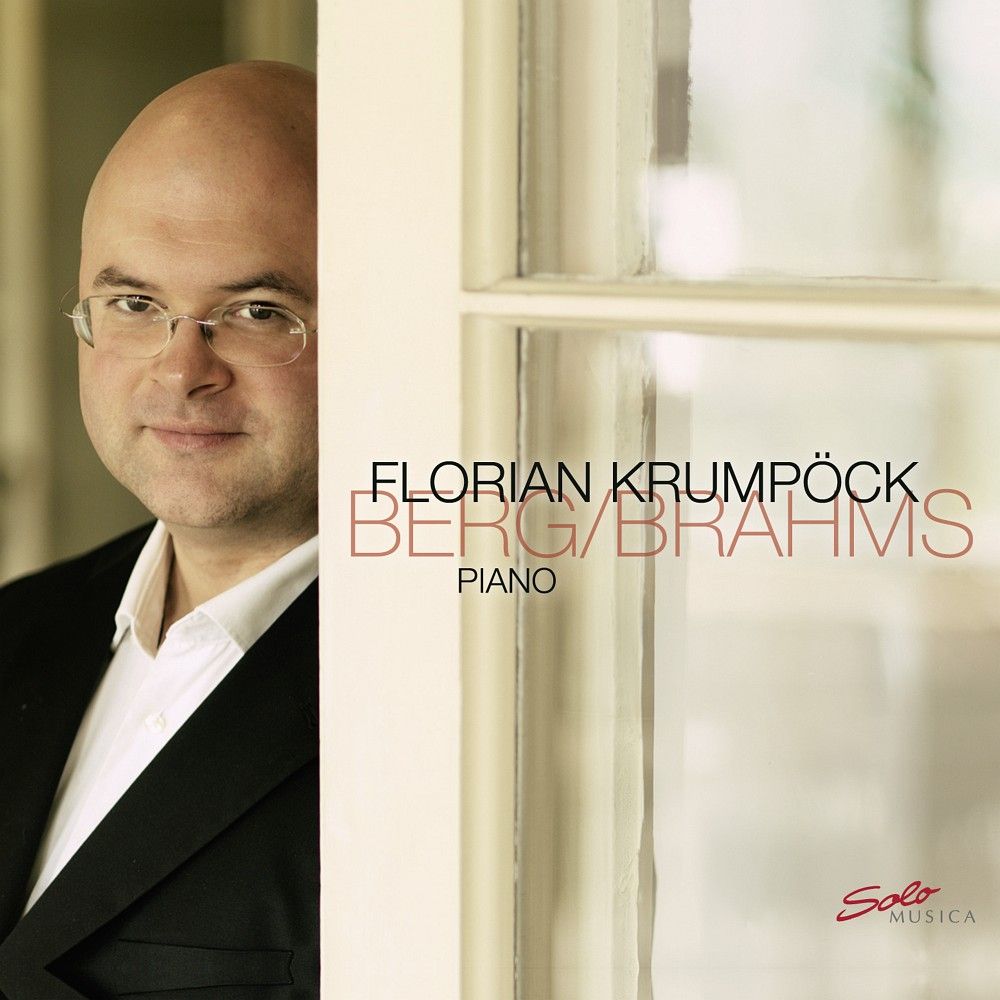
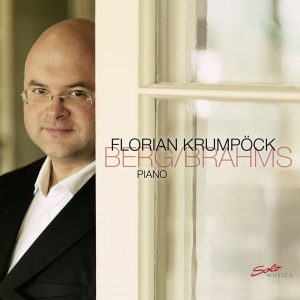 Artists:
Artists: 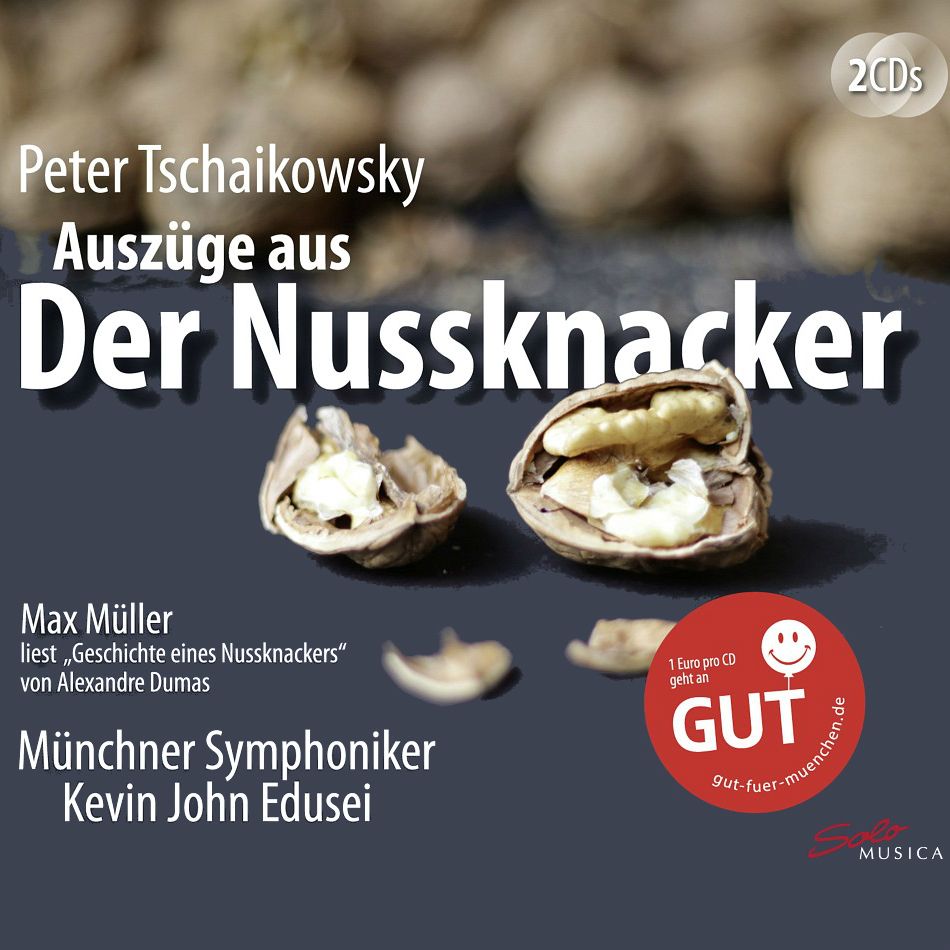

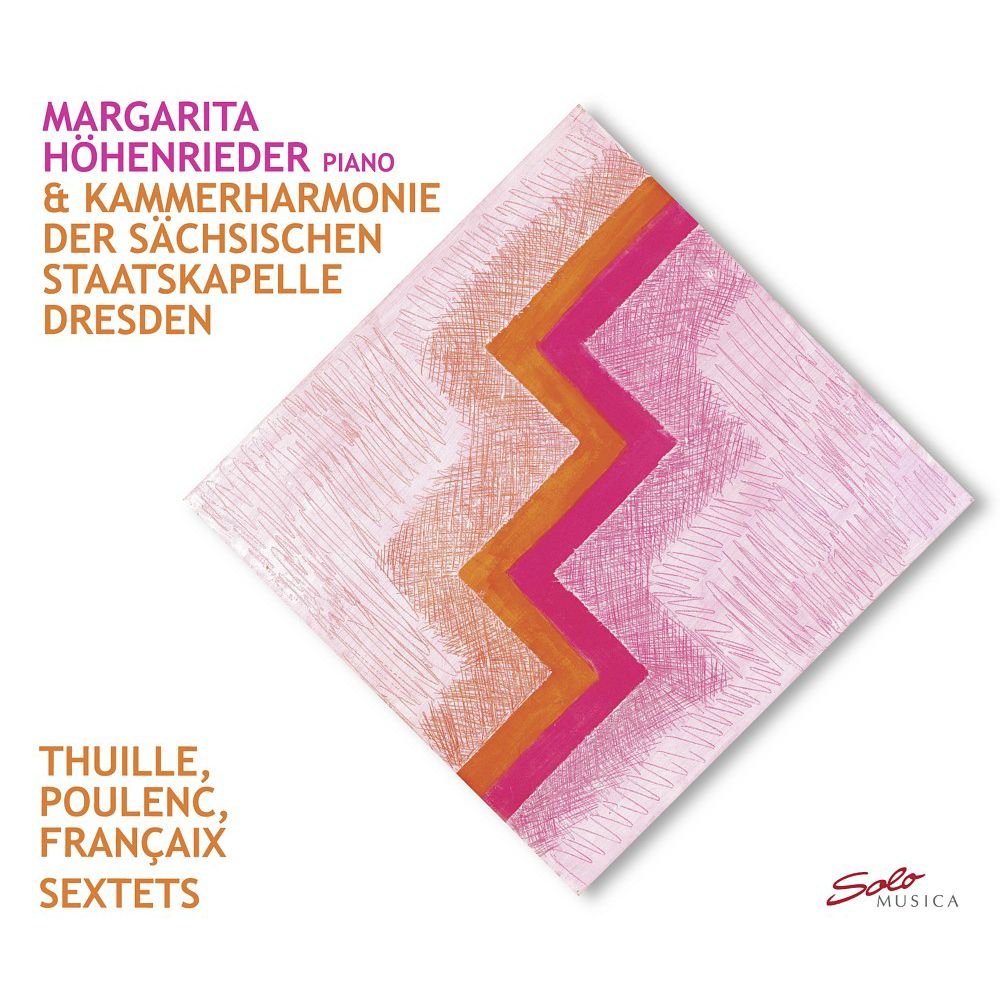
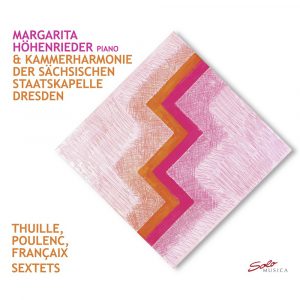 Artists:
Artists: 